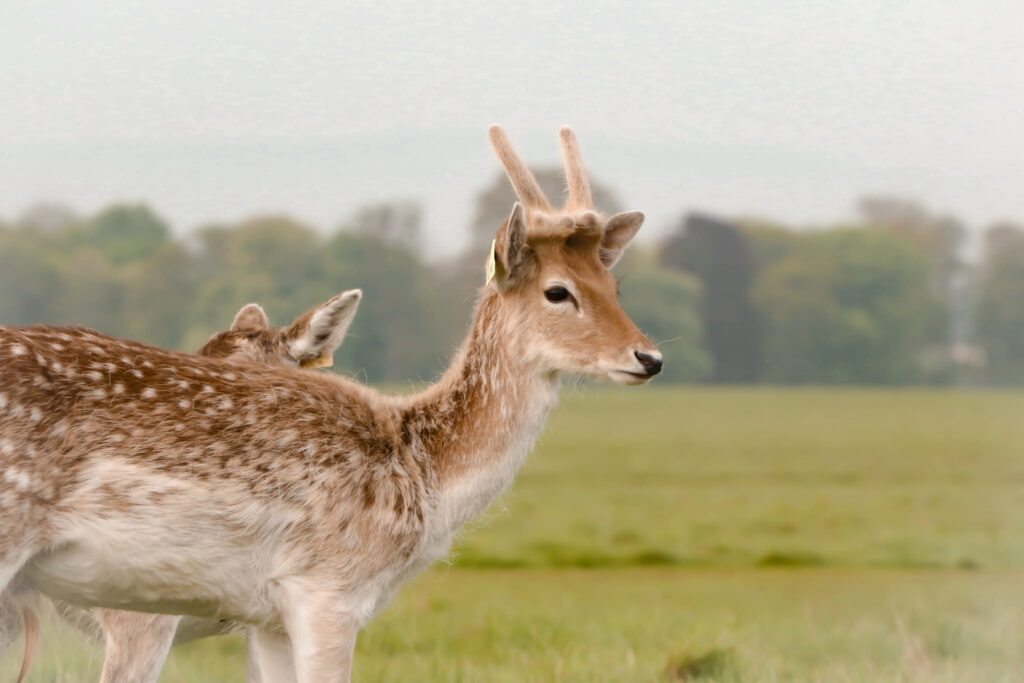
| Academic Year | 2023-2024 |
| eheuston02@qub.ac.uk | |
| Institution | Queen's University, Belfast |
Biography
School: School of Biological Sciences
Project: Post- weaning dispersal behaviour of fallow deer fawns: Investigating the roles of behaviour, growth and stress
Supervisors: Domhnall Jennings, Greta Bocedi & Isabella Capellini
Undergraduate Education: BA Journalism and Visual Media, Griffith College Dublin
Postgraduate Education: MSc Animal Behaviour and Welfare, Queens University Belfast
Research: Many species including humans grow up and move away from the maternal home, this is no different in fallow deer (Dama dama). Male fallow deer are found to move on from the maternal herd to the “bachelor” herd as they mature however, it has been observed that a small group will remain or delay in dispersing. This has implications on both the individual as well as the overall population. Dispersal may improve the health of the population to avoid issues such as inbreeding and resource management but does establishing themselves in the bachelor herd come at a cost to these individuals?
Looking at the critical life stage where fawn dependency on their mothers begins to dissipate and behavioural changes influence social interactions, I am interested in the benefits and the consequences of dispersal.
This project aims to understand the decisions underpinning whether these males will remain in their natal territory with the females of the population or segregate and establish themselves in the all-male group. Some questions I am interested in addressing:
- Are there any fitness consequences for the decision to disperse or remain?
- Do individuals that disperse invest more in growth prior to dispersal?
- Do they have more connected social networks?
- Are those that disperse more stressed or aggressive than those that remain?
I will be using a range of techniques to answer these questions from behavioural observations on the herd throughout the year and establishing social network matrix for the males from birth through to dispersal. Photogrammetry will be used to assess growth rates of the fawns as well as endocrinology, preforming hormone assays measuring levels of testosterone and cortisol. Extensive fieldwork will take place in a large public park in Dublin Ireland which is home to a large free-ranging fallow deer population consisting of approximately 600 individuals. While the herd is divided by male and female groups in different areas of the park this study will move between both, as they come together for the October rut and when the juvenile males disperse.
Posts
There are currently no posts for this student.





















































